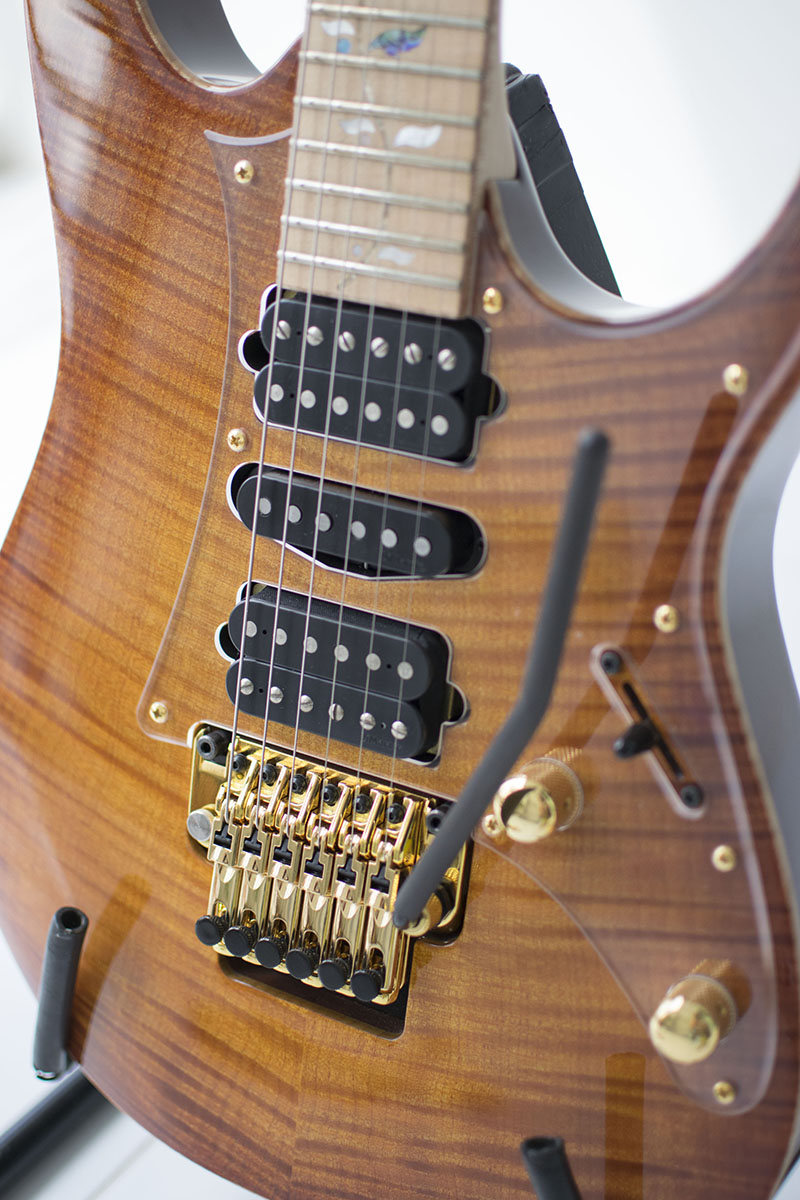lqdsnddist
Axe-Master
One corner? They'd have had to bend the neck plate to do that. That's brutal. Way beyond hand-tight.
probably easy to do with an impact driver or maybe even higher torque electric drill, and some neck plates are pretty thin material. Again, couldn’t see it happening with proper hand tools and common sense, but common sense isn’t always that common....

